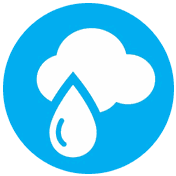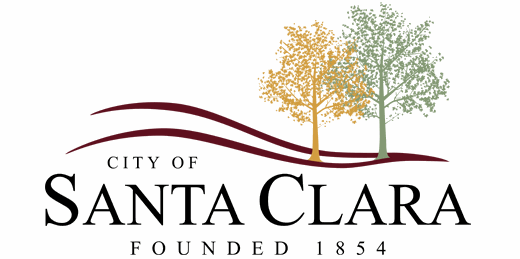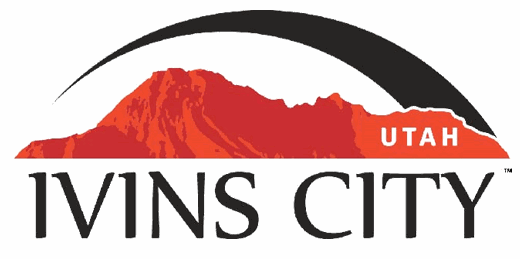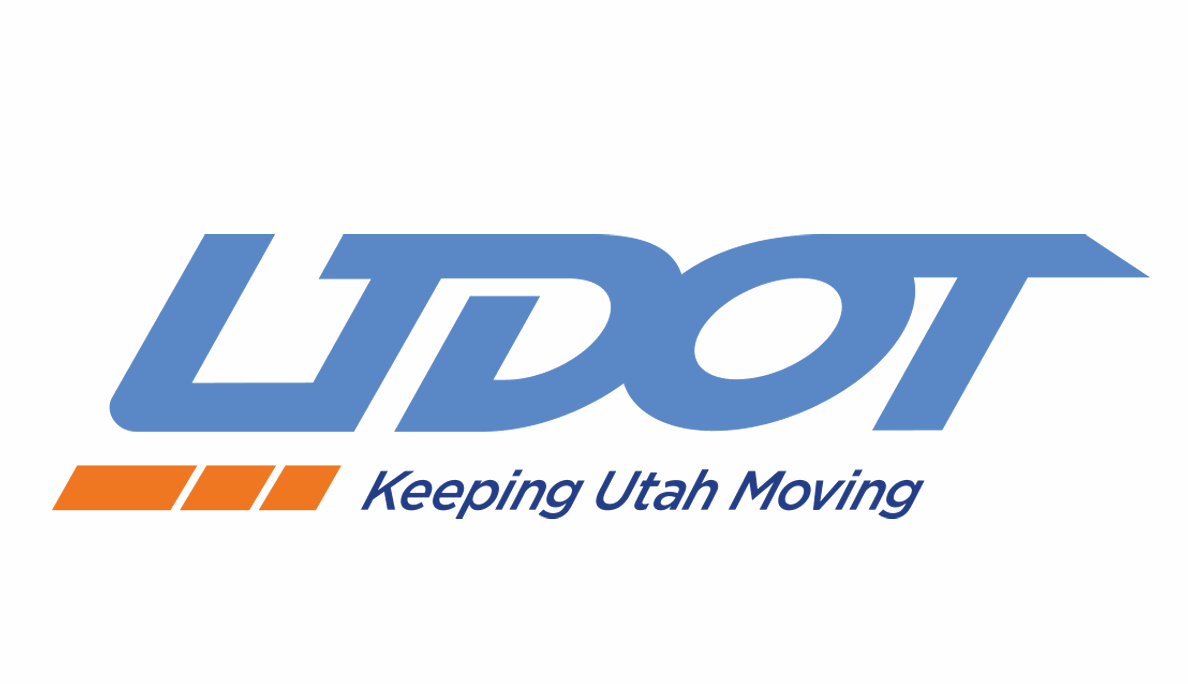Pet Waste Belongs in the Trash!
You hate stepping in it. And fish hate swimming in it, too! When you walk your dog, make sure to carry a plastic bag with you so that you can pick up the waste and dispose of it properly. Flushing is the best disposal method (don’t flush the plastic bag), but you can also throw it in a trash can. Some towns will fine you if they catch you leaving it in public areas!
Do your "doody" in both public areas and in your yard to prevent waste from ending up in the nearest River.
Yard Waste
Bag your grass clippings for curbside pickup. Even better, compost them to make a natural fertilizer for your garden. Reuse centers are great for tree limbs and yard cleanup. Whatever you do, don't leave it on the sidewalk or blow them in the street otherwise it will end up in the storm drain! Organic waste in the storm drain causes problems, it just stinks!
Lawn Chemicals and Fertilizer
Test your soil and read the label before you apply fertilizer. If you use too much fertilizer, the excess will just wash away in the next rain, polluting your local waterways. Use fertilizers sparingly and sweep up driveways, sidewalks and walkways.
You may not even need to fertilize your yard! According to experts, most homeowners over-fertilize their lawns.
Lawn Watering
A lawn needs just one inch of water per week to be green. If you are watering more than that, a lot of that water is running off into the nearest waterway, taking your fertilizer, seeds, and hard-earned money right along with it. Adjust your sprinklers so they don't water the driveway or sidewalk. Even better, use drip irrigation or soaker hoses.
There are lots of useful tips at the Washington County Water Conservancy District https://www.wcwcd.org/conservation/plan-tips-resources/
Household Chemicals
If you stop to think about it, your home is full of chemicals, such as cleaners, medicines, pesticides, weed and bug killers, and old paint, just to name a few. When you're cleaning out the garage, it might be tempting to pour those chemicals down the toilet, sink or the storm drain, but don't!
See Washington County Solid Waste website: http://www.wcsw.org/
EPA Household Hazardous waste: https://www.epa.gov/hw/household-hazardous-waste-hhw
Car Care
It matters how and where you take care of your car. When you are working on your car, take care to catch your used fluids in safe containers that you can take to a recycling center. Never dispose of these chemicals down a storm drain. If you spill anything, mop it up quickly. It's best to take your car to a professional car wash. They have special equipment to treat all the dirty water they produce. If you wash your car at home, it's best to park your car on the grass, first, rather than leave it on the driveway.
Soak Up the Rain!
Rainwater won't become storm water pollution if you keep it on your property! You can do that by connecting rain barrels to your gutters and using the water they capture in your lawn or garden later. If you are renovating, consider a rain garden or modern "pervious" pavers that allow water to soak through into the soil below.
Some people wonder if it's legal to capture rainwater. Check out this flyer from Utah State University: https://extension.usu.edu/waterquality/files-ou/Publications/Rainwater-Harvesting-in-Utah.pdf
Septic Systems
If you smell sewage or see especially lush plants growing on your leach field, then your septic system might need attention. If your septic system needs repair, it might be polluting your local waterways. If it gets too bad, it might back up into your home!
The Washington County Health Department regulates septic takes. More information can be found at the website: https://swuhealth.org/southwest-utah-environmental-health-utah-septic-systems/
Pool Care
Do you know how your eyes can burn after too much time in the chlorinated water of a swimming pool? Imagine how that feels for fish and frogs! Pool owners should stop chlorinating and dechlorinate pool water as soon as they know they're going to drain the pool and drain the water on the grass or rocks to filter, rather than directly into a street gutter.
Check with your city to determine the guidelines for draining your swimming pool.








